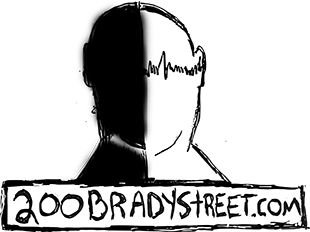THE REAL ENFORCEMENT ECONOMY
Hidden in plain sight, billions in fines go untracked
Every analyst cites the $7.57 billion “automated enforcement market.” But that figure only reflects what cities spend, on cameras, software, and enforcement equipment. It doesn’t include what governments collect from those systems. Global fine revenue is estimated between $20 and $50 billion per year, and almost none of it is publicly audited.
200 Brady Street was built to expose that gap and to show the public what’s actually happening behind the language of “safety” and “efficiency.”
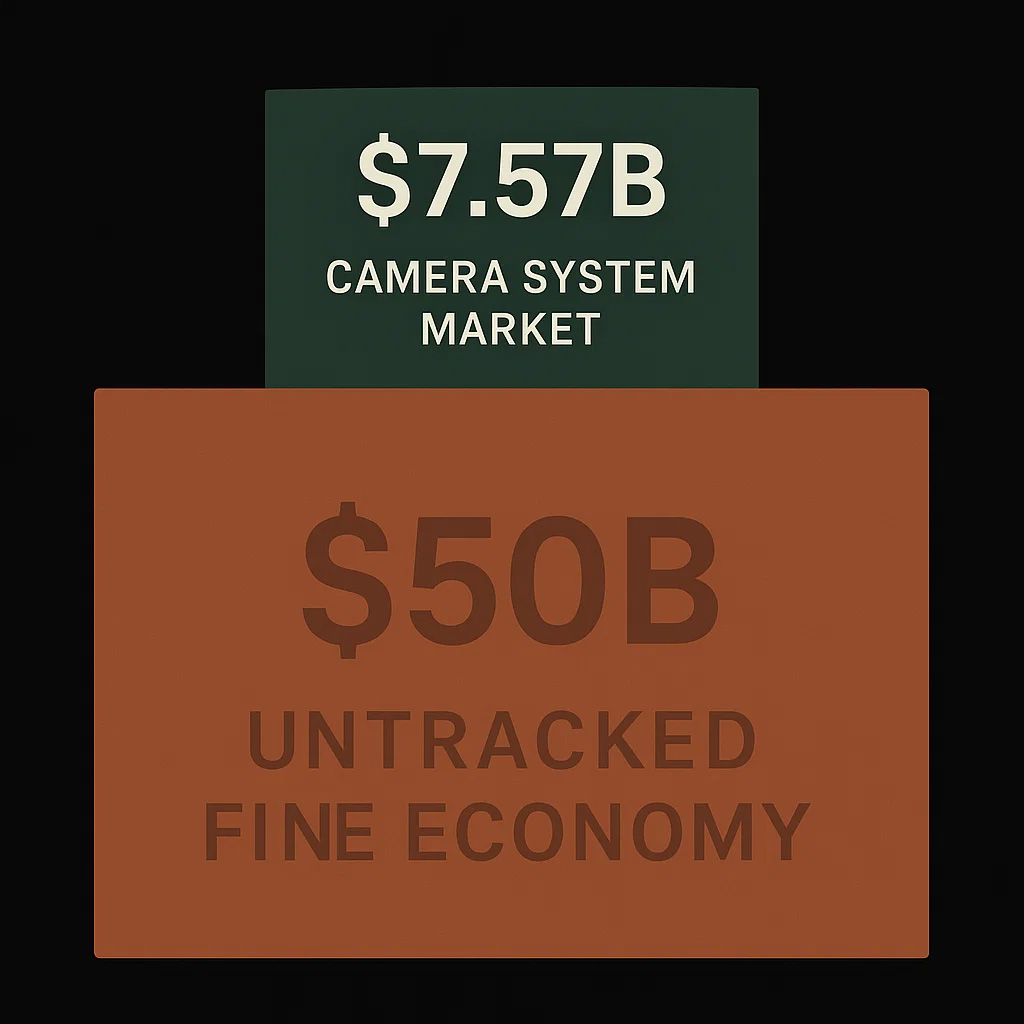
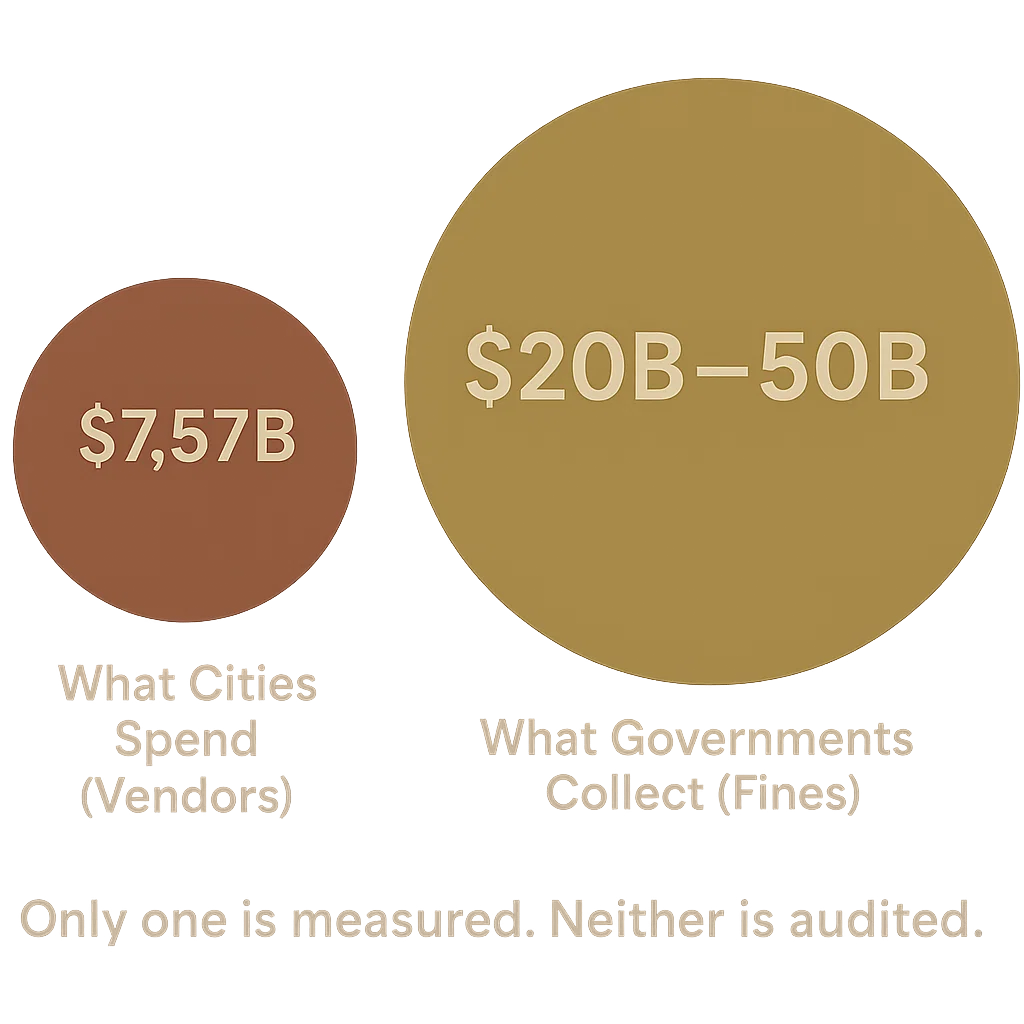
WHAT CITIES SPEND VS. WHAT THEY COLLECT
The market is small. The real money is hidden
Market analysts track the sale of automated enforcement systems, camera vendors, AI toolkits, and ticketing platforms. That’s the visible side: a projected $7.57 billion market. But what cities and agencies actually collect in fines is far larger and almost entirely unaudited.
- $7.57B – equipment and vendor market (Statista, 2023 projection)
- $20B-$50B – estimated global ticket revenue, mostly opaque
There’s no dashboard for it. No central record. No public oversight.
NO ACCOUNTABILITY INFRASTRUCTURE EXISTS
A $30B black box wouldn’t be acceptable anywhere else
If this were a tax system, a $30 billion discrepancy would be a scandal. But because it’s traffic fines, fragmented by jurisdiction and protected by vendor contracts, the money flows without audit. There’s no central database, no public tracing, and no civic tool to follow the dollars. The gap isn’t just financial, it’s structural.
Enforcement is growing. Transparency isn’t. And that imbalance defines the problem we’re solving.
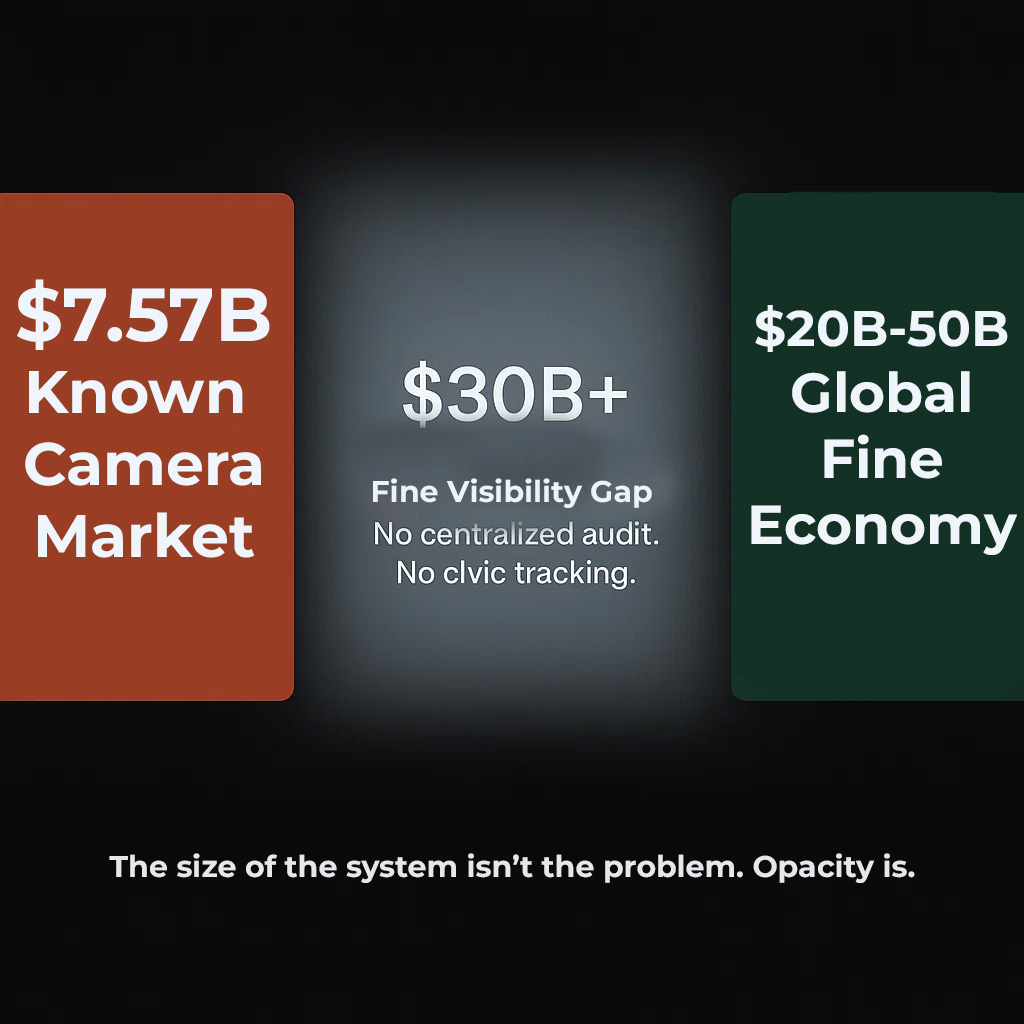
THE FIRST AUDIT SYSTEM FOR ENFORCEMENT ECONOMY
200 Brady Street tracks what no one else will
This platform isn’t another enforcement dashboard. It’s a civic infrastructure layer that starts where governments stop. Every user submitted ticket, photo or manual, becomes part of a public data stream that shows what’s actually being enforced, where, and against whom. Over time, that grows into something powerful: a crowdsourced audit of a system that’s never had one.
This is milestone one: verified submissions, transparent maps, and real time trend tracking. It’s the foundation for the first public lens on a global enforcement economy that’s operated unchallenged for decades.
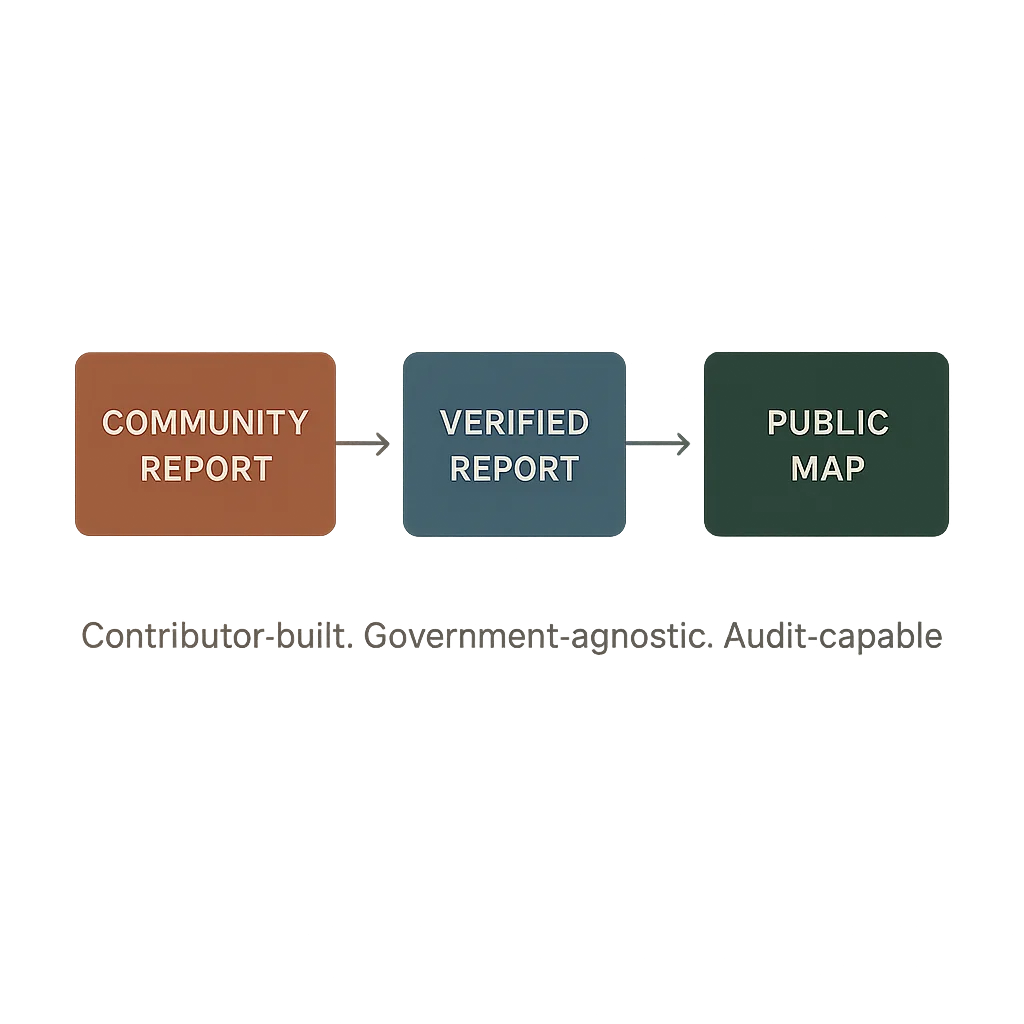
IF THIS WERE A TAX SYSTEM
It would be a scandal, but it’s not, so no one tracks it.
“If this were a tax system or public fund, a $30B black hole would be a scandal. But because it’s traffic fines, no one tracks it. That’s the gap we’re here to close.”
WANT TO HELP EXPOSE THE SYSTEM?
We’re building it with people who believe in public truth
Milestone 1 is underway. Verified reports, live stats, and three city pilots are in scope, but public support and aligned partnerships will determine how far this platform can reach. If you’re an investor, civic researcher, legal advocate, or just someone who believes enforcement should be visible: start here.
